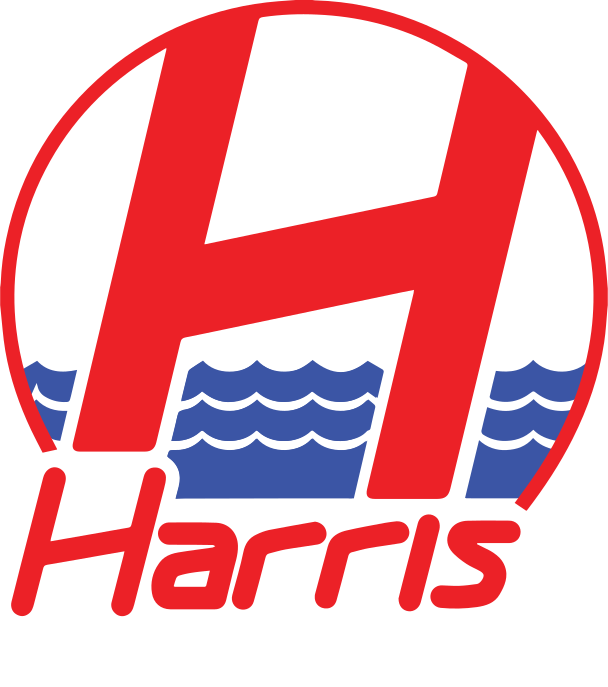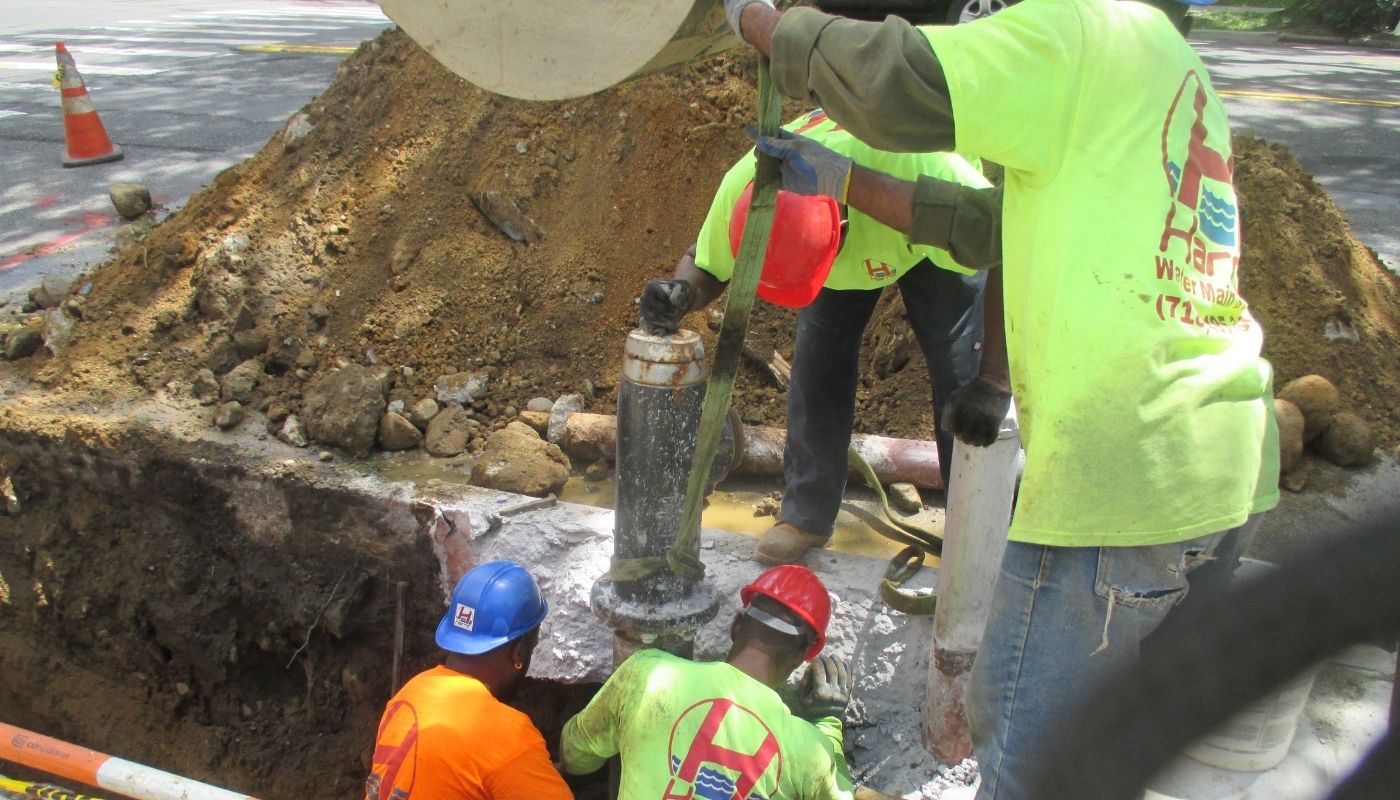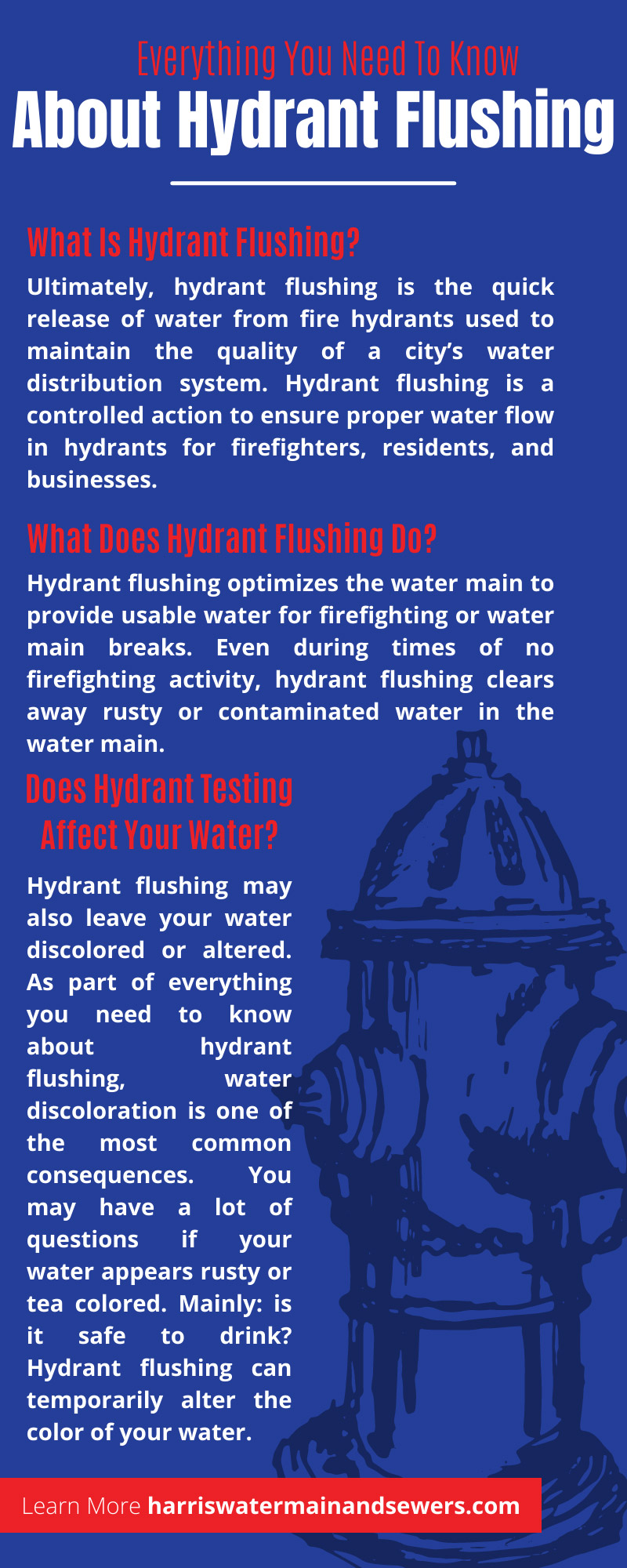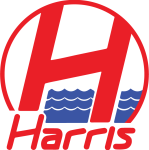Picture firefighters in their line of action. They’re decked out in their respective garb ready to tackle a fire at any moment’s notice. To do so, they attach hoses to fire hydrants for a steady stream of water. Still, you may not realize that firefighters need hundreds of gallons of clean water to fight fires. To achieve this, they periodically filter out fire hydrants via a process called hydrant flushing. Hydrant flushing helps ensure proper operation and flow of the hydrant. It also removes minerals and sediment buildup in the hydrant’s piping. For a comprehensive guide on this process, here’s everything you need to know about hydrant flushing and why it’s commonly used today.
What Is Hydrant Flushing?
Ultimately, hydrant flushing is the quick release of water from fire hydrants used to maintain the quality of a city’s water distribution system. Hydrant flushing is a controlled action to ensure proper water flow in hydrants for firefighters, residents, and businesses. Hydrant flushing further clears out sediments and minerals from the water main. Doing so retains a high quality of the water. It is generally done twice a year in the spring and fall. The process takes about 30 to 60 minutes. Water can become discolored during hydrant flushing. While some slight discoloration is natural and goes away, if your water looks yellow or brown even after several hours after flushing, call a plumbing service to inspect the water main and pipes as soon as possible.
Water main flushing removes sediment and minerals which improves the color, odor, and taste of the problematic water. The improvements of unidirectional flushing further improve the velocity of the water main’s carrying capacity.
Unidirectional Over Conventional Flushing
There are two types of hydrant flushing used today: conventional and unidirectional. Still, unidirectional flushing (UDF) has proved more effective and reliable than traditional flushing methods.
In unidirectional flushing, the velocity of water significantly increases. The higher velocity scours pipes better. Also, valves open and close during UDF which enable water systems to locate broken or closed valves. Conventional flushing typically circulates dirty water throughout the system. Unidirectional flushing forces water from clean sources. The passage of clean water through a dirty pipe provides for greater pipe wall cleaning. Another disadvantage of conventional flushing is that it does not flush out sediments and biofilm as forcefully as UDF. Sediment, corrosion, and biofilm circulate throughout the system with conventional flushing, yet forcefully flush out during UDF. UDF also uses up to 40% less water than conventional flushing.
Finally, conventional flushing does not produce a high enough velocity to sufficiently scour pipe walls. The increased velocity in unidirectional flushing removes a significant amount of tuberculation from pipe walls to further protect a system’s asset management program. Tuberculation is the buildup of corrosion and microbial activity on pipe walls. It affects the quality and quantity of water supply which leads to more water-borne disease outbreaks. Tuberculation has a major role in water distribution. UDF offers better cost-efficiency and maintenance for a safe and functional distribution system.
What Does Hydrant Flushing Do?
As previously mentioned, hydrant flushing optimizes the water main to provide usable water for firefighting or water main breaks. Even during times of no firefighting activity, hydrant flushing clears away rusty or contaminated water in the water main. Also referred to as water main flushing, it is one of the most important practices to preserve public water systems.
Don’t be alarmed if you notice reduced water pressure and flow during a hydrant flushing. Hydrant flushing is an essential preventative maintenance strategy to remove minerals and sediment from pipes and the water main. Water operators can correctly identify broken or inoperable valves to assure they work to the maximum potential. Firefighters rely on hydrants to assess flow rate and water pressure to maximize their utility in fire-ground operations. Hydrant flushing maintains high-quality water for safe use in local communities.
Over time, water settles and biofilm—microorganisms—grow on the inside of distribution piping. Biofilm and mineral concentration thereby affect the taste and quality of the water. Flushing also removes water from areas of low use or that no longer have the desired chlorine residual.
Does Hydrant Testing Affect Your Water?
Hydrant flushing may also leave your water discolored or altered. As part of everything you need to know about hydrant flushing, water discoloration is one of the most common consequences. You may have a lot of questions if your water appears rusty or tea colored. Mainly: is it safe to drink? Hydrant flushing can temporarily alter the color of your water. This is due to iron and other minerals in the water main. Due to conventional and unidirectional flushing, the minerals in water mains stir up as they’re flushed out. There’s little concern over this discoloration, as it’s usually safe to drink. However, rust-colored water may stain clothes and dishes. If you live outside the boundaries of where hydrant flushing is performed and you notice discolored water, that’s okay.
Occasionally, residents live beyond the limits of where hydrant flushing occurs because the opening of a hydrant can cause water to run in the opposite direction than normal. Also, open pipes are a gateway for discolored water. It’s possible if you or a neighbor doesn’t use any water to not experience any discoloration.
If you need professional hydrant flushing in the NYC area, don’t wait. Call Harris Water Main and Sewer for professional water service contractors. We specialize in emergency water main break repairs, water main leak repairs and replacements, professional sewer repair, fire hydrant installation, and fire sprinkler installation.
Harris Water Main and Sewer has been the go-to professional water main and sewer contractors for all five boroughs of NYC. With over a century of work experience under our belt, we get the job done on time with the right process! Whether you’re in Queens, Brooklyn, the Bronx, Manhattan, or Staten Island, we’re here to serve. Our services all comply with New York regulations and standards. Schedule your service needed for a free estimate using our online submission form. Otherwise, call our emergency number to speak to a technician. We’ll send someone out as soon as possible.






















